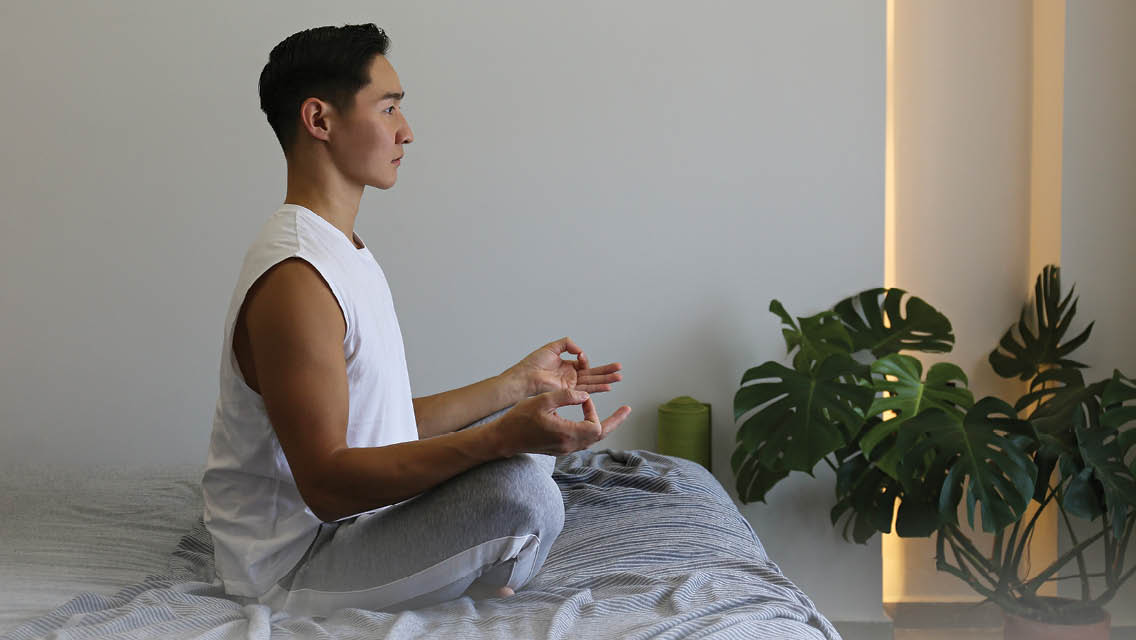We have evolved with two airways to breathe through — our nose and our mouth. The mouth is a backup ventilation system: It’s available when you have a cold and nasal congestion or need supplemental air during exertion. Most of the time, the nose rules.
Your nose is a wonder of aerodynamics and thermodynamics, biological simplicity and efficiency. It warms the air you breathe and moistens it to aid absorption. The nasal passages speed the air for quicker delivery and pressurize it so the lungs can extract optimal amounts of oxygen.
Your nose filters out particles and pollutants as it clears and purifies your breath. Mucus — one of your body’s first lines of immunity defense — catches invading allergens, pathogens, and bacteria; it escorts them down your throat and into your stomach, where they’re sterilized by acids. They’re delivered to the intestines for excretion.
And your nose even boasts erectile tissues similar to the penis, clitoris, and nipples. It is more intimately connected to your genitals than any other organ, playing a key role in sexual arousal.
Even your two nostrils and nasal cavities play different, interrelated roles. If you close your left nostril and inhale just through the right, it works like a gas pedal: Breathing through this side activates your sympathetic nervous system, triggering hormones that put your body into an elevated state of alertness.
The right nostril also feeds more blood to the left hemisphere of the brain, specifically the prefrontal cortex, which is associated with logical decision-making.
The left nostril is like a brake. It’s connected to the parasympathetic nervous system, the rest-and-digest mechanism that lowers blood pressure, cools your body, and eases anxiety. And it flows blood to the brain’s right side, which instigates creative thought and emotions.
Your body naturally balances these two forces via breathing. But when required, it focuses on one or the other. And we can override this and redirect it when we want, too.
As journalist James Nestor sums up in his book Breath, “The nose is the silent warrior: the gatekeeper of our bodies, pharmacist to our minds, and weather vane to our emotions.”
While the nose rules, many of us breathe through the mouth much, if not all, of the time, eschewing the nose and all its functional glory. Temporary mouth breathing is normal, such as when you’re congested or exercising at high intensities. But chronic mouth breathing can create problems.
“The body is not designed to process raw air for hours at a time, day or night,” states Nestor.
Without the helping hand of the nose, mouth breathing has been implicated in a variety of ailments: allergies begetting more allergies; asthma; snoring, sleep apnea, and insomnia; high blood pressure, ADHD, and autoimmune diseases; even anxiety, depression, and other mental-health issues.
Mouth breathing can be untrained: Just as you would with any other breathing technique, focus on consciously breathing through your nose, augmenting with mouth breaths when needed.
Progressive healthcare experts are integrating pulmonology, physiology, dentistry, and other research in creating rehabilitative and reconstructive techniques to build up the resilience of atrophying nasal passages.
This was excerpted from “Every Breath You Take” which was published in Experience Life magazine.




This Post Has 0 Comments